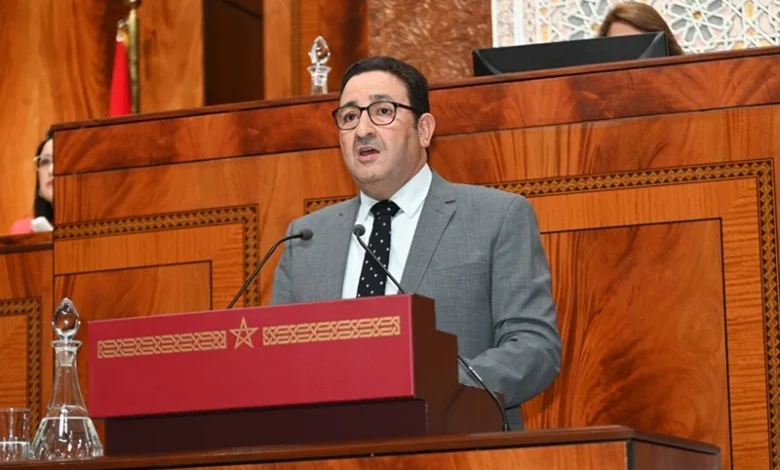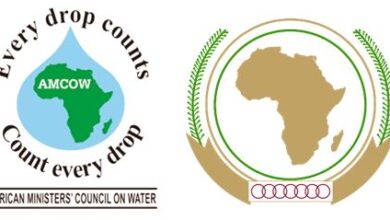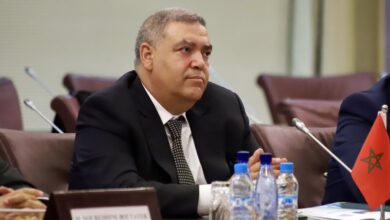Massive Investments in Transportation Infrastructure in Morocco: 96 Billion Dirhams by 2030

On Tuesday, January 22, 2025, the Minister of Transport and Logistics, Abdessamad Kayouh, presented an ambitious investment plan for Morocco’s transportation infrastructure to the Infrastructure, Energy, Mines, Environment, and Sustainable Development Commission at the House of Representatives. This plan outlines a total investment of 96 billion dirhams (MAD) by 2030, aimed at modernizing and expanding the country’s railway and air networks as part of a long-term development vision.
Investments in the Railway Sector
Railway projects account for the majority of these investments, with funds earmarked for constructing new lines and developing regional rail transport. Key initiatives include:
- 53 billion dirhams devoted to the high-speed rail line between Kenitra and Marrakech, alongside the development of regional transport on the existing network.
- 29 billion dirhams for the acquisition of new trains, including 18 high-speed trains and 150 multi-service trains.
- 14 billion dirhams for the construction or rehabilitation of 40 train stations, ensuring the efficiency of the national railway network.
This plan is part of a broader strategy aimed at connecting 43 cities in Morocco by 2040, an increase from the current 23, while extending rail coverage to 87% of the population, compared to 51% today. Additionally, Morocco plans to create 300,000 jobs in the sector.
Rail Link with Nador West Med Port
A key project within this plan is the rail link to Nador West Med Port, similar to that of Tanger Med. This project represents an investment of 4.3 billion dirhams, with a progress status of 17%, including detailed studies and the acquisition of necessary land.
Development of the Railway Industrial Ecosystem
The minister also emphasized the opportunities for developing a local railway industrial ecosystem, notably through the establishment of a train manufacturing unit in Morocco. This initiative aims to strengthen the country’s independence in the railway transport sector, support local production, and promote exports to African and European markets.
Investments in the Aviation Sector
The aviation sector will also receive 42 billion dirhams by 2030, as part of projects aimed at modernizing and expanding Moroccan airports. These projects include:
- Upgrading Casablanca Airport to increase its capacity to 44 million passengers per year.
- Constructing a new terminal at Rabat-Salé Airport with a capacity of 4 million passengers annually.
- Upgrading airports in Tangier, Marrakech, Fes, Tetouan, and Agadir to enhance their hosting capabilities.
National Commercial Maritime Fleet
Additionally, a strategic project for the creation of a national commercial maritime fleet has been launched. This project aims to strengthen national sovereignty, support economic development, and enhance competitiveness within the maritime sector.
Reactions from Parliamentarians
Members of the parliamentary commission praised the ministry’s efforts to develop the transport sector while emphasizing the need for comprehensive legislative and organizational reforms. They also advocated for railway interconnections in regions not included in the current network, as well as strengthening domestic flights, particularly to the Southern provinces.
In conclusion, these ambitious projects aim to modernize transportation infrastructure in Morocco, thereby stimulating economic and social development while addressing national and international mobility and competitiveness challenges.





